38 chewing tobacco warning labels
› tobacco-products › productsSmokeless Tobacco Products, Including Dip, Snuff, Snus, and ... Federal law requires specific warning labels on smokeless tobacco. Learn more about other federal requirements limiting the sale, distribution, and marketing of smokeless tobacco . Manufacturing ... en.wikipedia.org › wiki › Health_effects_of_tobaccoHealth effects of tobacco - Wikipedia Tobacco use has predominantly negative effects on human health and concern about health effects of tobacco has a long history. Research has focused primarily on cigarette smoking. Tobacco smoke contains more than 70 chemicals that cause cancer. Tobacco also contains nicotine, which is a highly addictive psychoactive drug.
› tobacco-regulation › overviewHSA | Overview of tobacco control All tobacco products must carry the mandatory health warning labels. Tobacco importers, wholesalers and retailers may refer to the Tobacco (Control of Advertisements and Sale) (Appearance, Packaging and Labelling) Regulations 2019 for compliance. Only these six graphic health warning labels can be used:
Chewing tobacco warning labels
› tobacco-products › rules-regulationsFamily Smoking Prevention and Tobacco Control Act For smokeless tobacco packaging, the warning label statement must be located on the two principal sides of the package and cover at least 30% of each side. en.wikipedia.org › wiki › Snuff_(tobacco)Snuff (tobacco) - Wikipedia American snuff is subject to the same warning labels on all smokeless tobacco, indicating a possibility of oral cancer and tooth loss. This reflects the fact that American dry snuff users may still use the product orally, unlike the majority of Europe, but nasal use of snuff is also practiced by some users. Dry snuff is typically not readily ... tobaccofreelife.org › tobacco › tobacco-historyHistory of Tobacco in the World — Tobacco Timeline 1970 – Tobacco manufacturers legally obliged to print a warning on the labels that smoking is a health hazard. 1970 – 1990 – Tobacco companies faced with a series of lawsuits. Courts limit their advertising and marketing. 1992 – Nicotine patch is introduced – in the following years more cessation products will start being developed.
Chewing tobacco warning labels. en.wikipedia.org › wiki › NicoretteNicorette - Wikipedia The FDA suggests not using Nicorette products if the patient continues to smoke, or use chewing tobacco, snuff or other nicotine-containing products. The FDA advises consulting a doctor before using the product if the patient previously had: heart disease, recent heart attack, or irregular heartbeat, high blood pressure, tobaccofreelife.org › tobacco › tobacco-historyHistory of Tobacco in the World — Tobacco Timeline 1970 – Tobacco manufacturers legally obliged to print a warning on the labels that smoking is a health hazard. 1970 – 1990 – Tobacco companies faced with a series of lawsuits. Courts limit their advertising and marketing. 1992 – Nicotine patch is introduced – in the following years more cessation products will start being developed. en.wikipedia.org › wiki › Snuff_(tobacco)Snuff (tobacco) - Wikipedia American snuff is subject to the same warning labels on all smokeless tobacco, indicating a possibility of oral cancer and tooth loss. This reflects the fact that American dry snuff users may still use the product orally, unlike the majority of Europe, but nasal use of snuff is also practiced by some users. Dry snuff is typically not readily ... › tobacco-products › rules-regulationsFamily Smoking Prevention and Tobacco Control Act For smokeless tobacco packaging, the warning label statement must be located on the two principal sides of the package and cover at least 30% of each side.
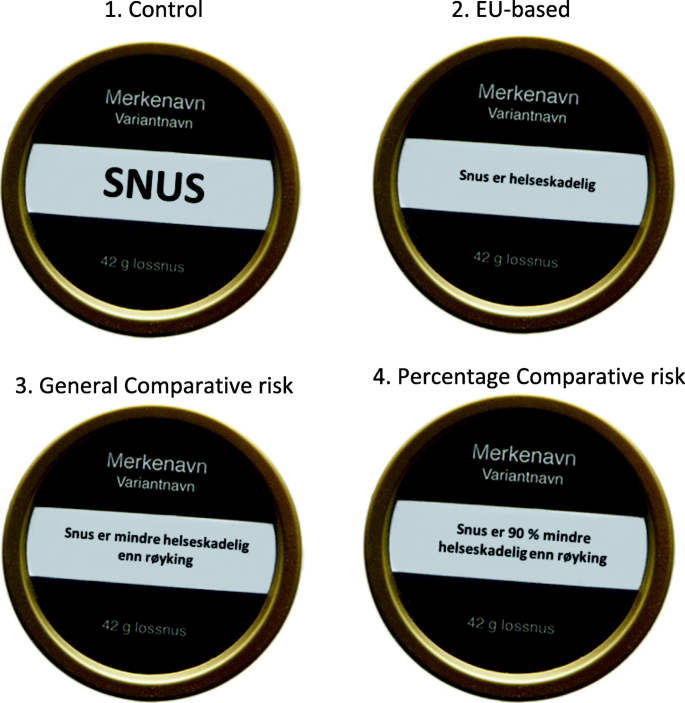





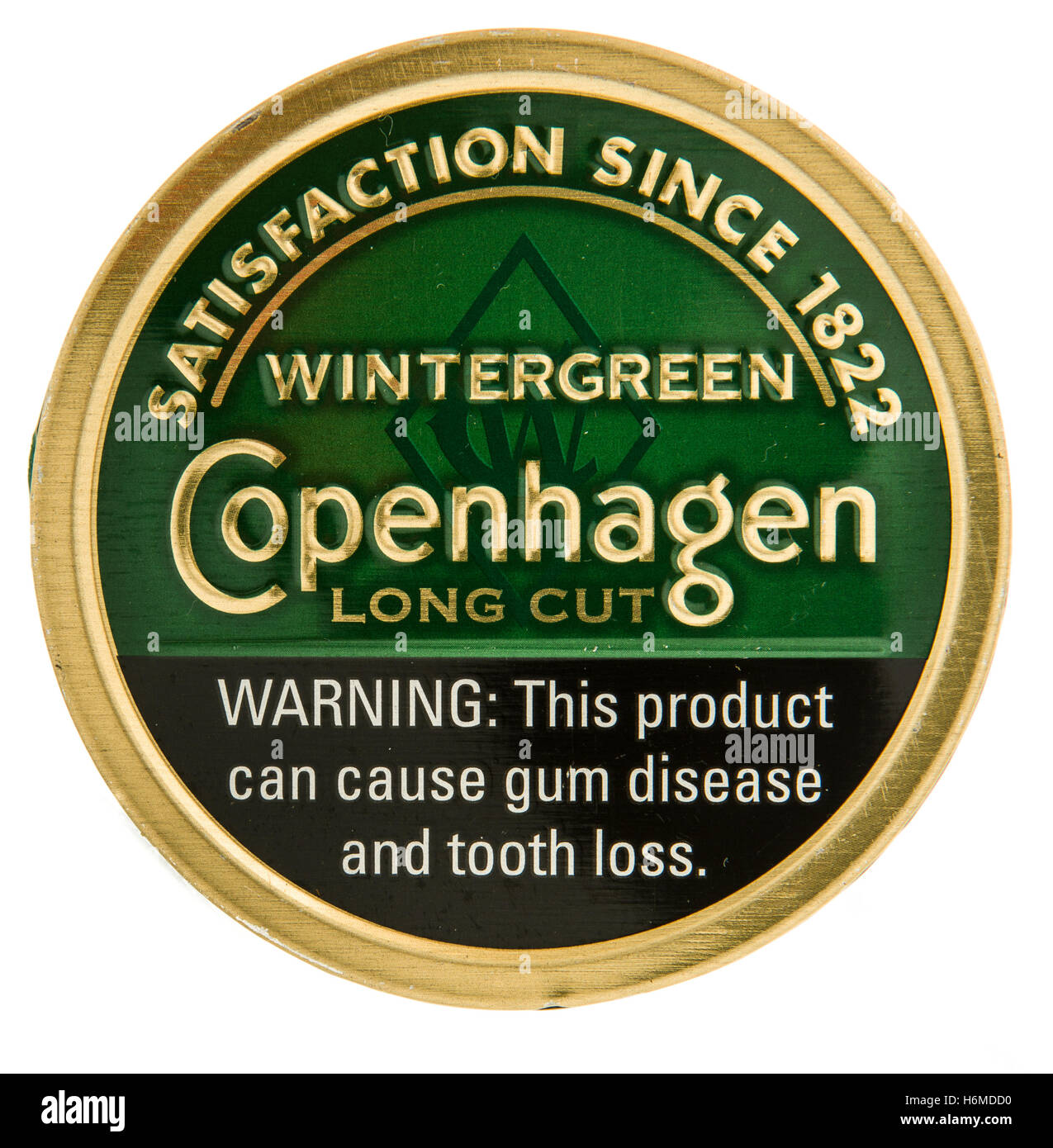


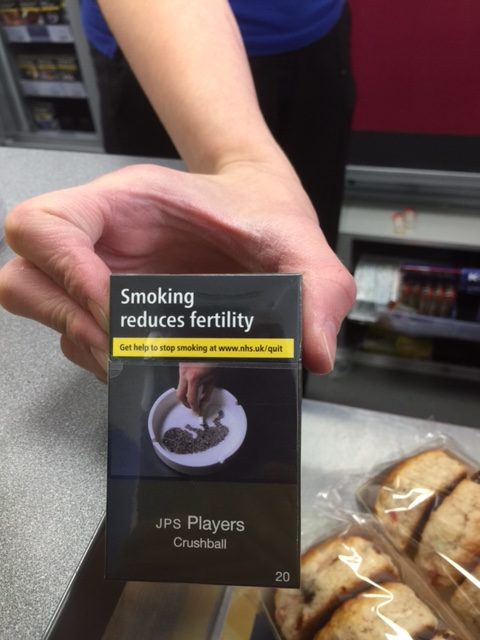
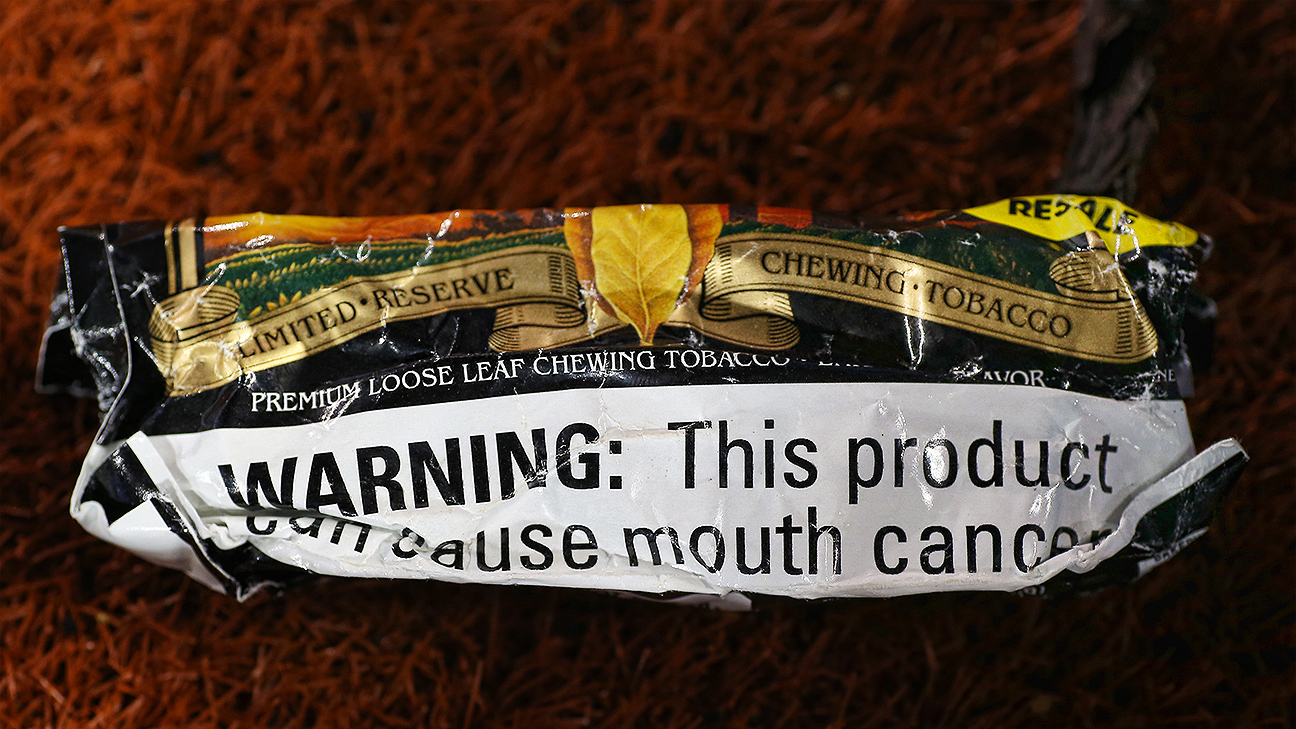
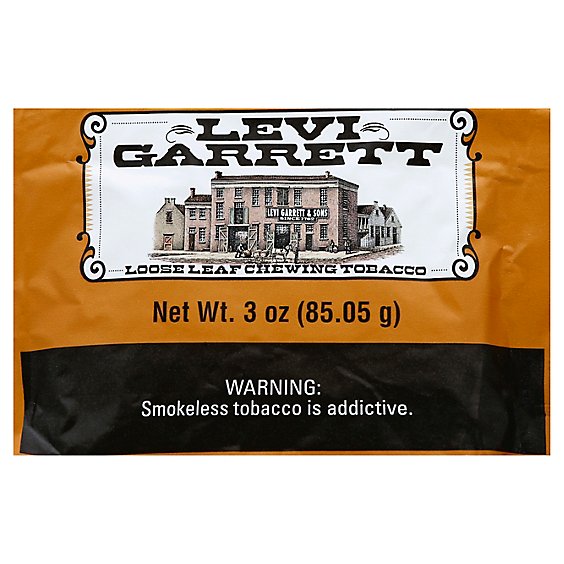


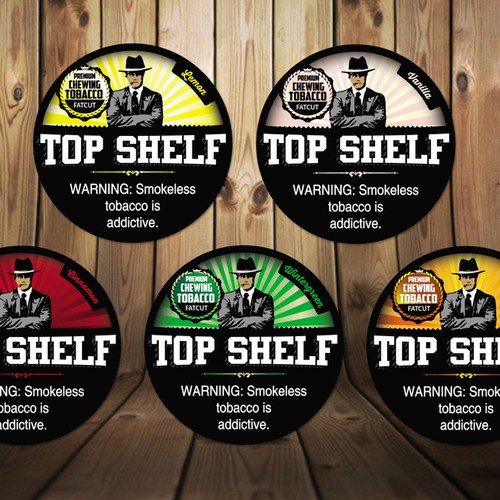


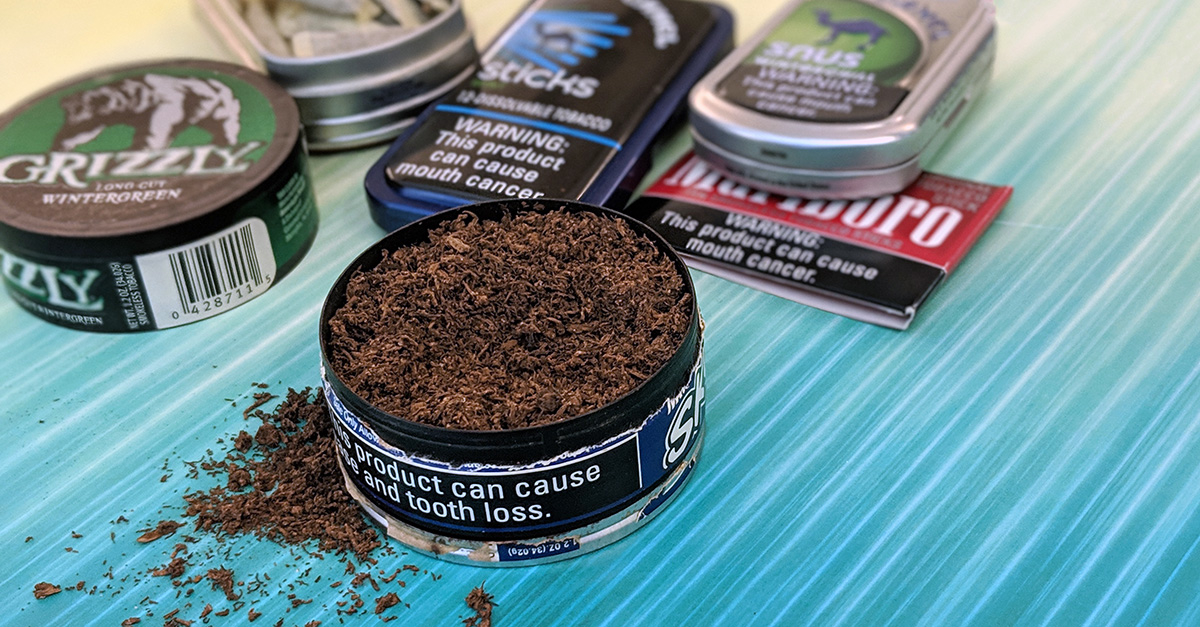
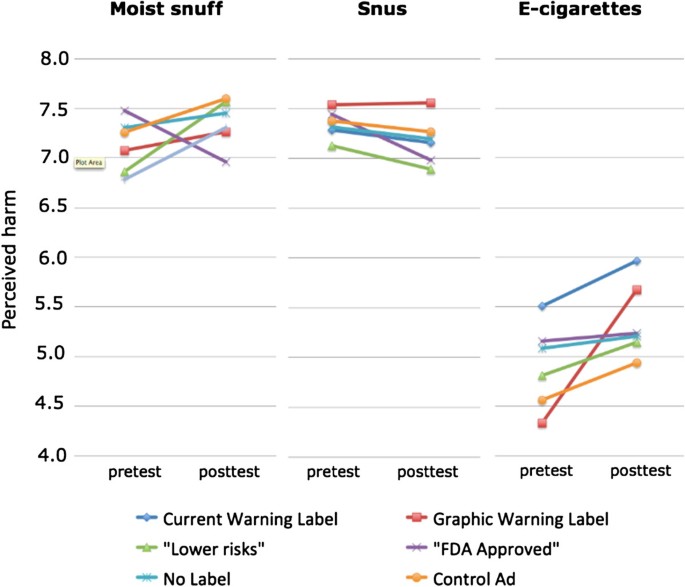


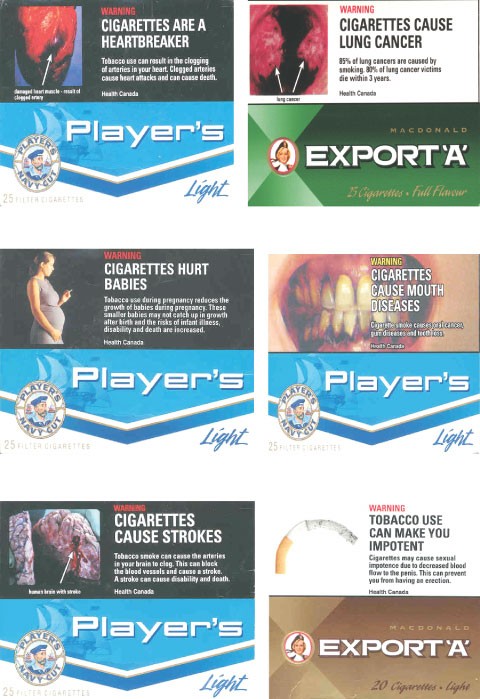


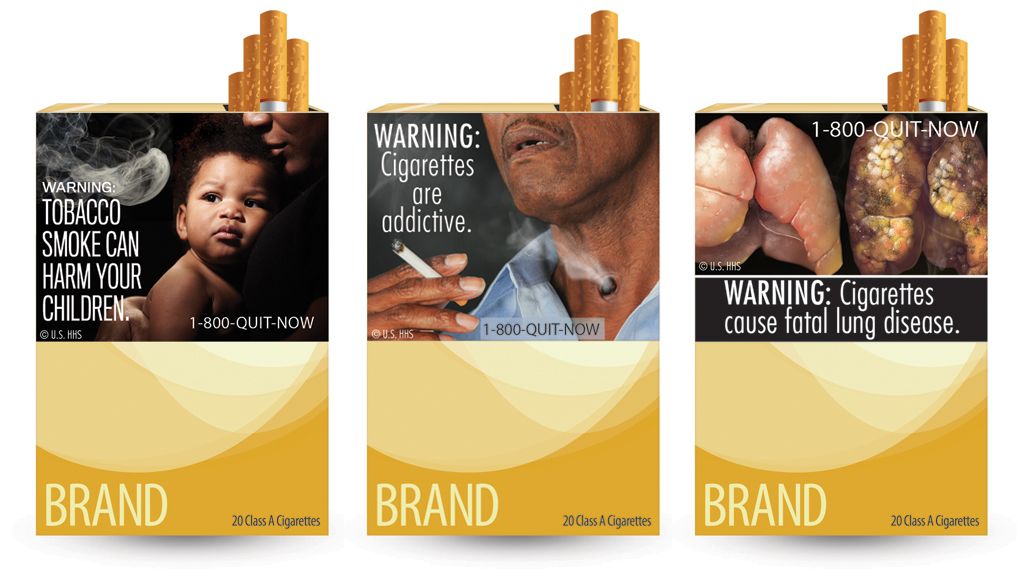
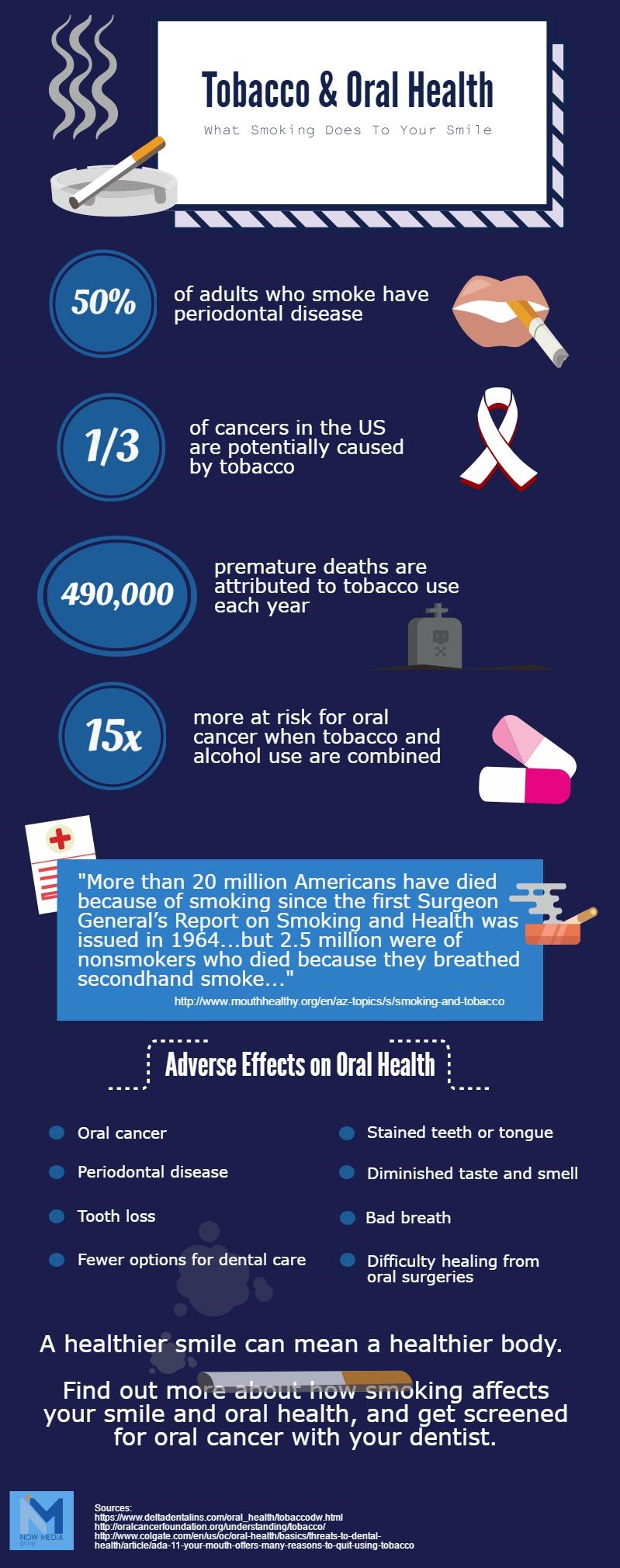
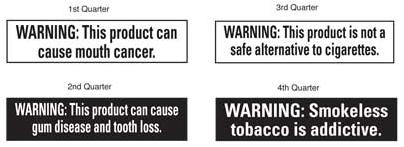
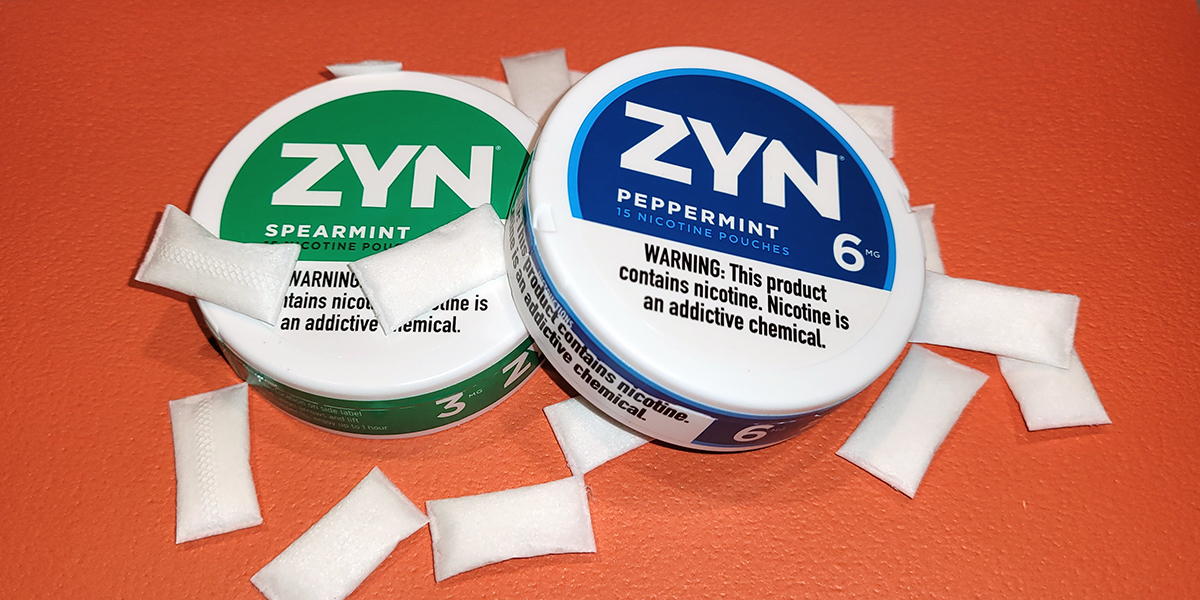
Post a Comment for "38 chewing tobacco warning labels"